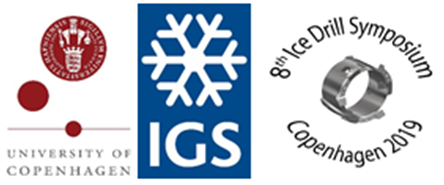Speaker
Description
How to acquire good quality of ice cores is becoming an increasingly key influence factor due to abundant information of climatic variation in intact ice cores. Compared with the conventional ice coring drill such as armored cable electro-mechanical drill, hot-water ice-coring drill has its unique advantages: drilling rapidly and environment friendly. The hot-water ice-coring drill is used combination with normal hot-water drilling system and can be utilized to get ice cores at some depth of ice layer in accordance with requirement of research. The annular drill head of this drill is the most critical part of the drilling system, on which there are a lot of small nozzles used to spray water out and melt out a cylindrical ice. Penetration rate and coring effect of hot-water ice-core drilling not only depends on the structure of nozzle, mainly including its angle, diameter and quantity, but also depends on drilling process parameters, such as temperature, pressure and flow rate of supplied hot water. To understand well about what factors strongly affect drilling speed and quality of ice core, a hot-water ice-coring drill is proposed, with the drill head being able to be replaced to get different structure of the nozzle, to make an orthogonal experiment, using different flow rate and temperature of hot water. There are 10 drill heads with different structures of nozzle designed and manufactured for orthogonal experiment. The drilling schedule parameters of hot-water ice-coring drilling test were chosen with flow rate 45-160 L/min and temperature 50-70 ℃. Tests were performed in the ice drill testing facility of Polar Research Center at Jilin University.

